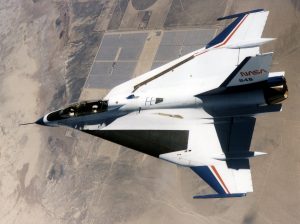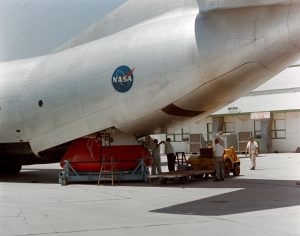
The recovered Poseidon is towed to the wash rack, 04DEC2023. U.S. Marine Corps photo by Lance Corporal Hunter Jones.
The Boeing P-8A Poseidon is based on the 737NG passenger plane (86% commonality).
On 02 & 03DEC2023, the downed P-8A was pulled from the water, U.S. Marine Corps time-lapse video by Corporal Christian Tofteroo:
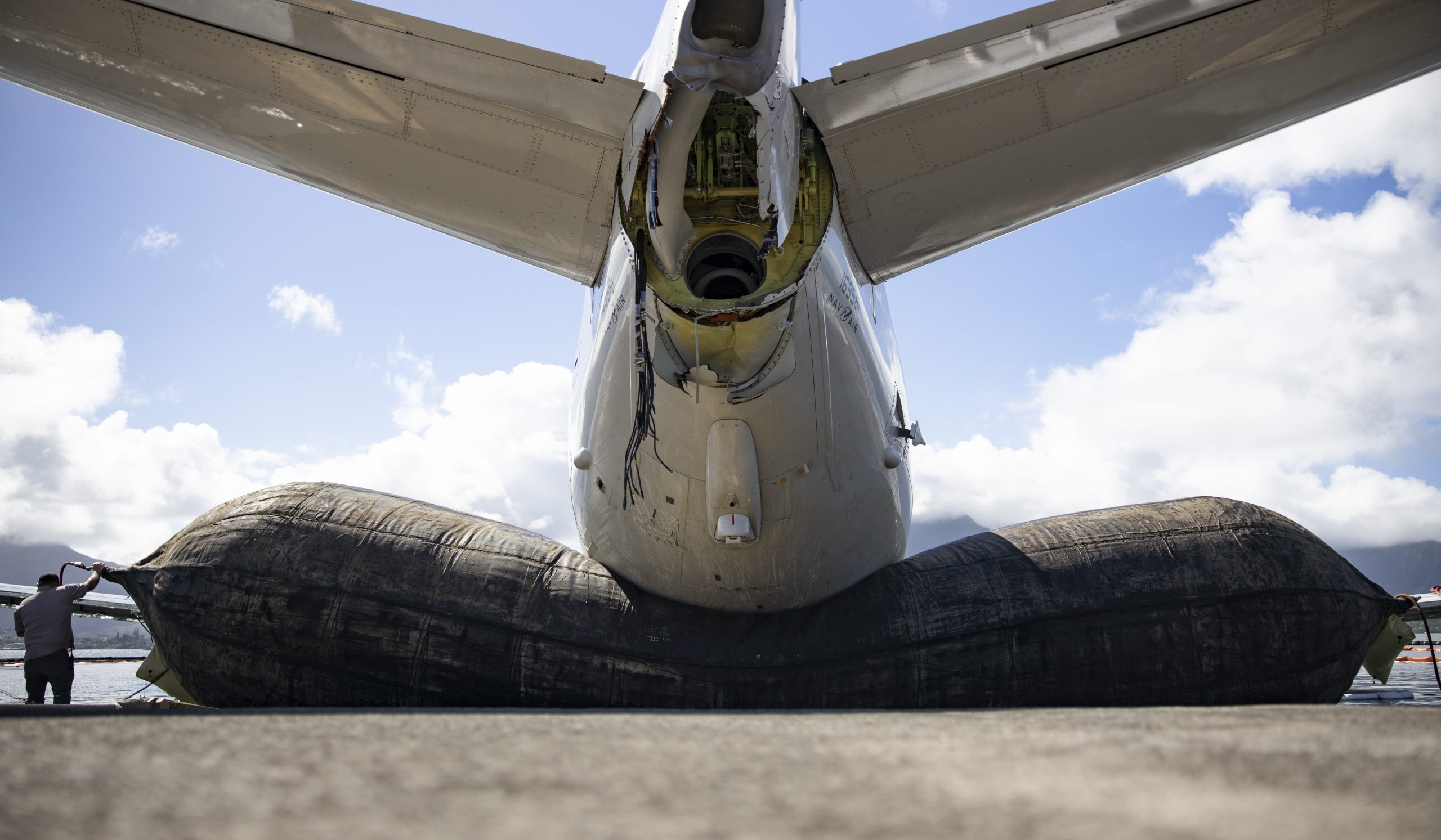
The multi-role aircraft was brought ashore using ‘roller’ airbags. USMC photo by Sergeant Julian Elliott-Drouin, 02DEC2023.
AP News, 02DEC2023: U.S. Navy says it will cost $1.5M to salvage jet plane.
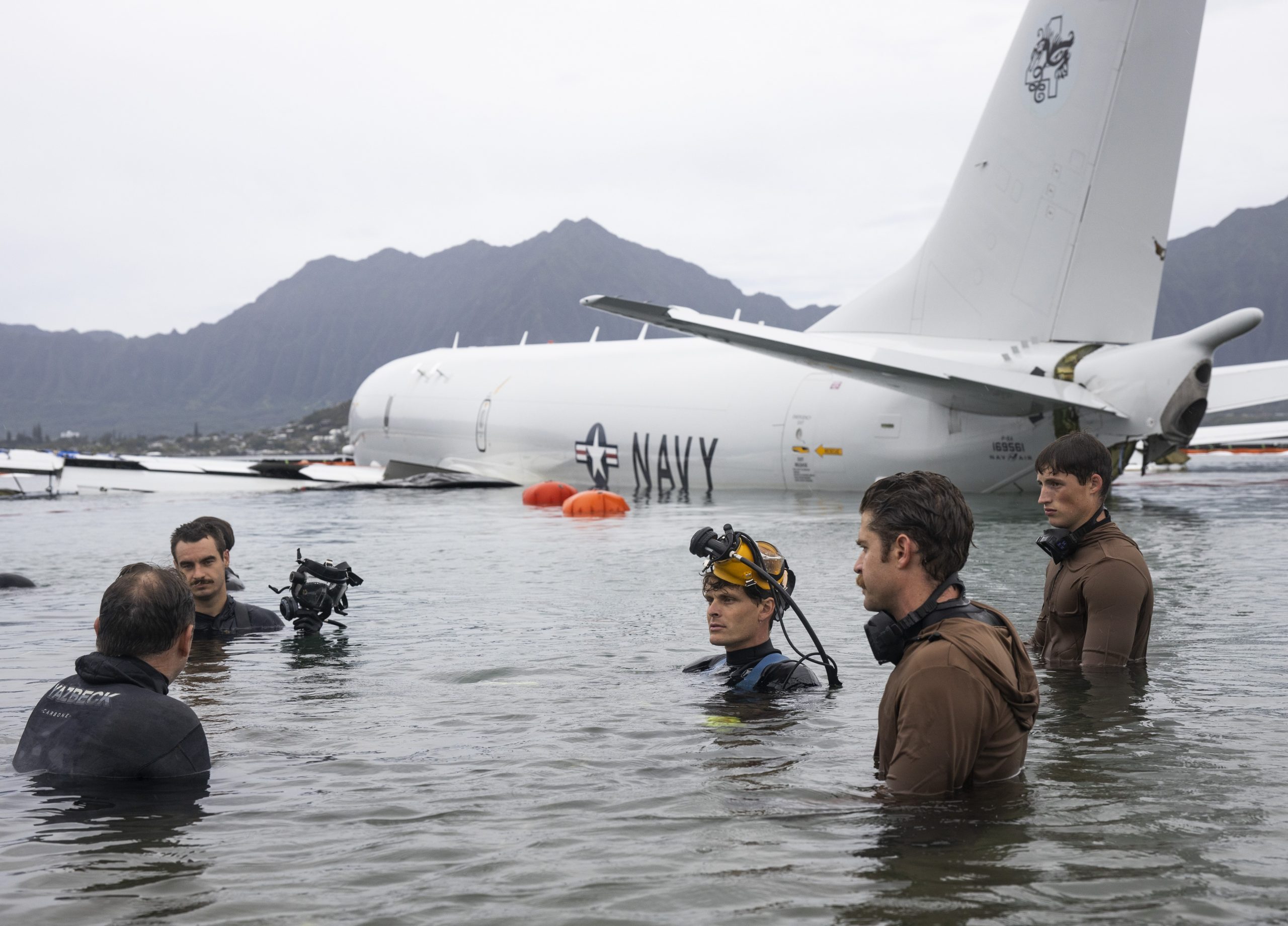
On 01DEC2023, divers made their plans for the extraction of the P-8A Poseidon. USMC photo by Sergeant Julian Elliott-Drouin.
28NOV2023, USN Mobile Diving and Salvage Unit One (MDSU-1) conduct underwater assessment of P-8A. USN video:
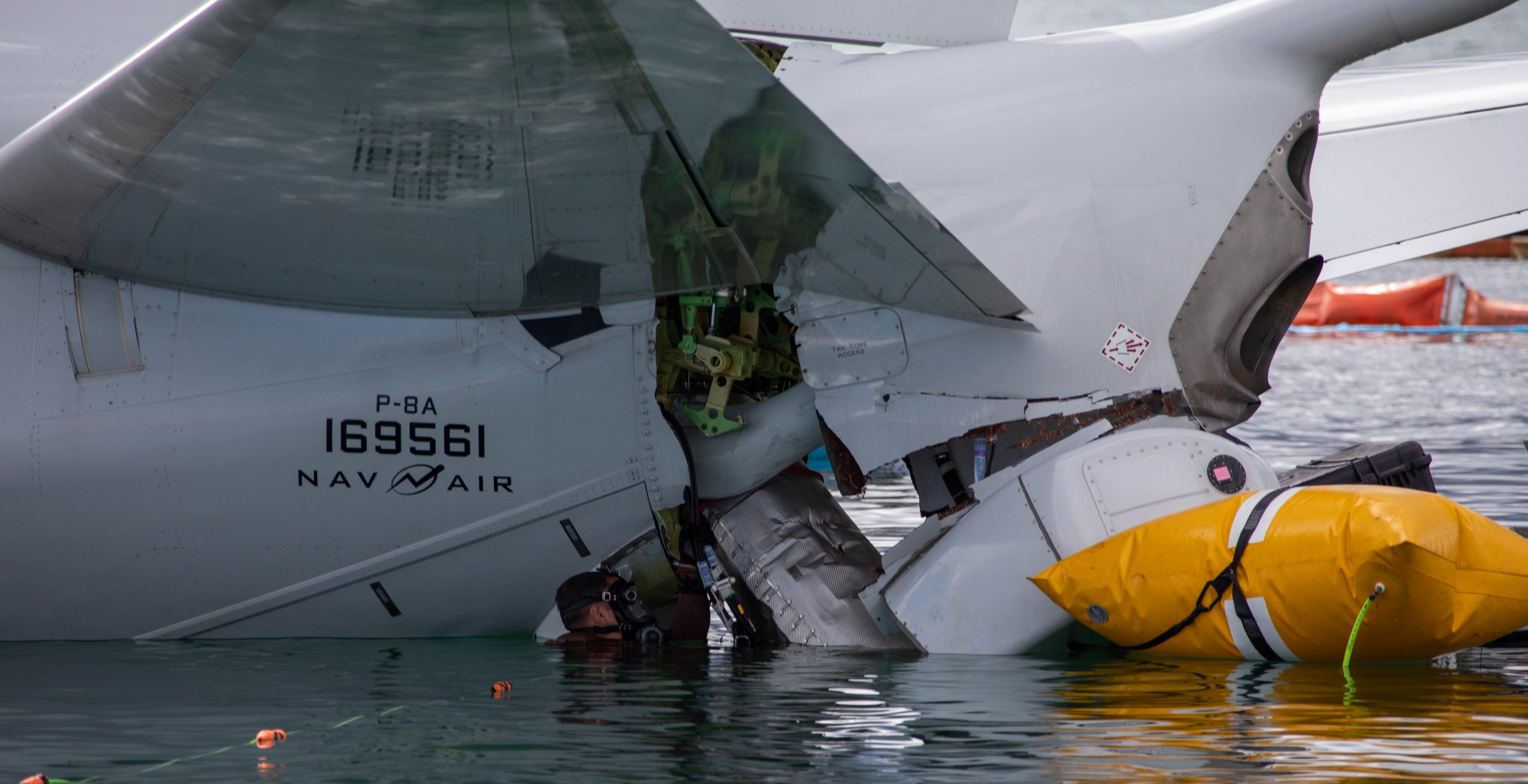
On 28NOV2023, loose parts in the broken tail had to be removed. USMC photo by Corporal Cody Purcell.
In this 27NOV2023 press conference video, U.S. Marine Corps Colonel Jeremy W. Beaven revealed that the Waterfront Operations Team was undergoing training for such an incident just three days prior, on 17NOV2023. Once the crew was safe, Colonel Beaven stresses that their main concern is the surrounding environment, so much so that they had a hazardous waste containment boom in place within 30-minutes after the incident:
U.S. Navy Rear Admiral Kevin P. Lenox also gave statements that were intentionally designed to stress environmental protection, with a focus on the removal of the fuel from the multi-mission maritime patrol and reconnaissance aircraft.
The Aviationist, 27NOV2023: All Female Crew.
FlightGlobal, 27NOV2023: U.S. Navy hopes to restore crashed Hawaii P-8 to flight status.
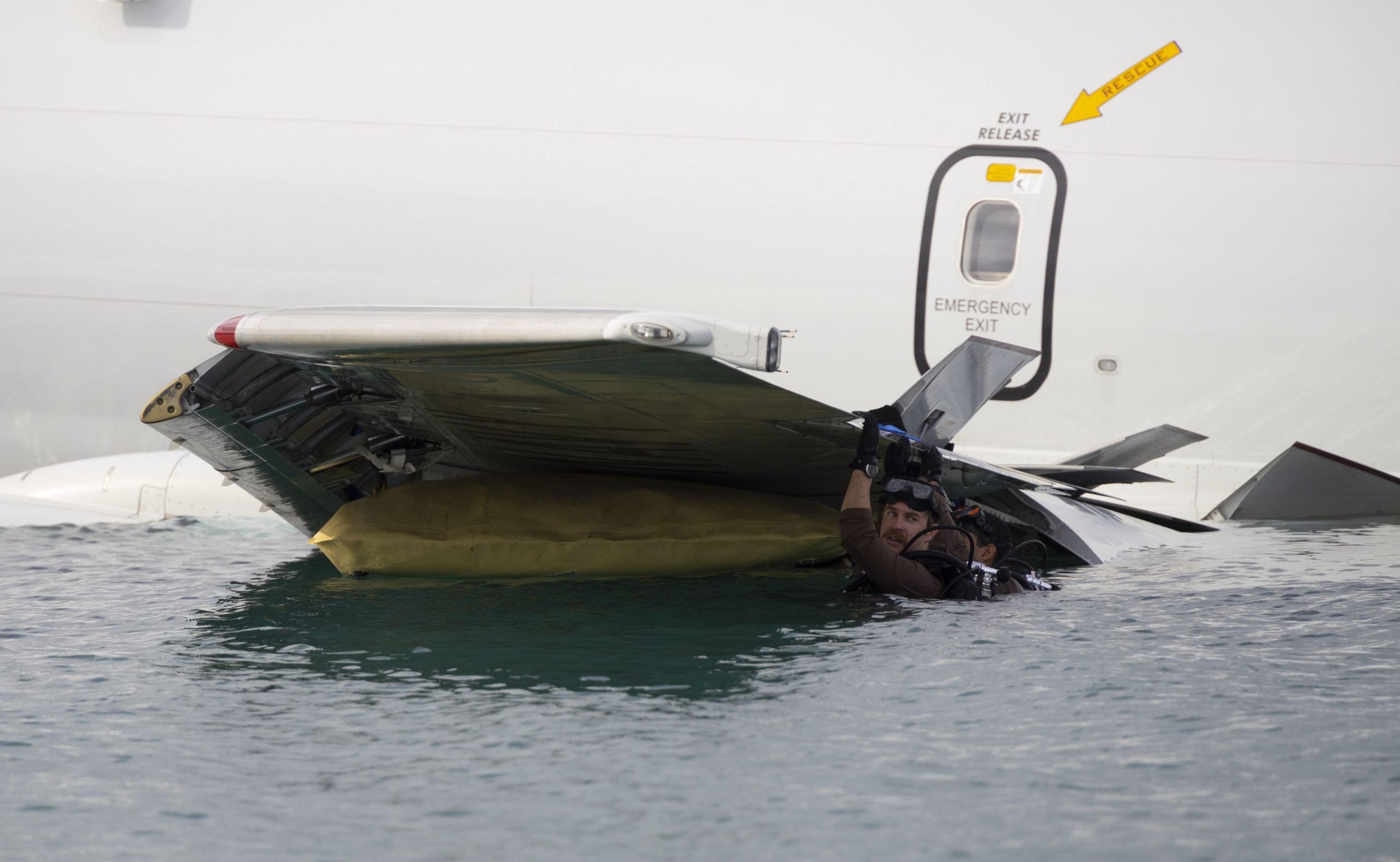
On 26NOV2023, additional floatation bags were inflated under the Poseidon. USMC photo by Corporal Chandler Stacy.
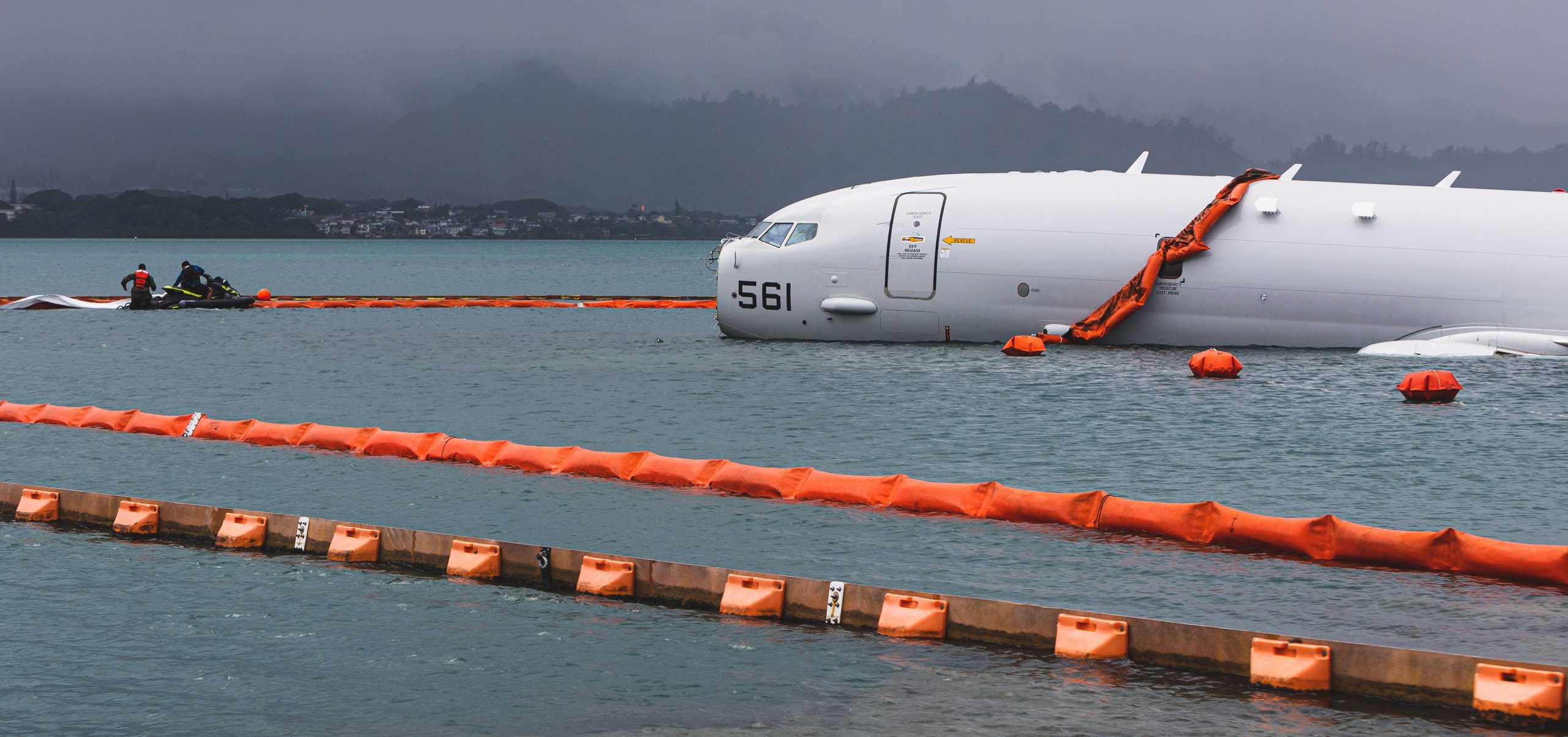
The nose & radar of the P-8A were quietly and quickly removed. USMC photo by Sergeant Brandon Aultman, 21NOV2023.
Photos show that sometime between the 20th and 21st of November (possible even before containment booms were deployed) the nose and radar had been removed, no explanation was given.
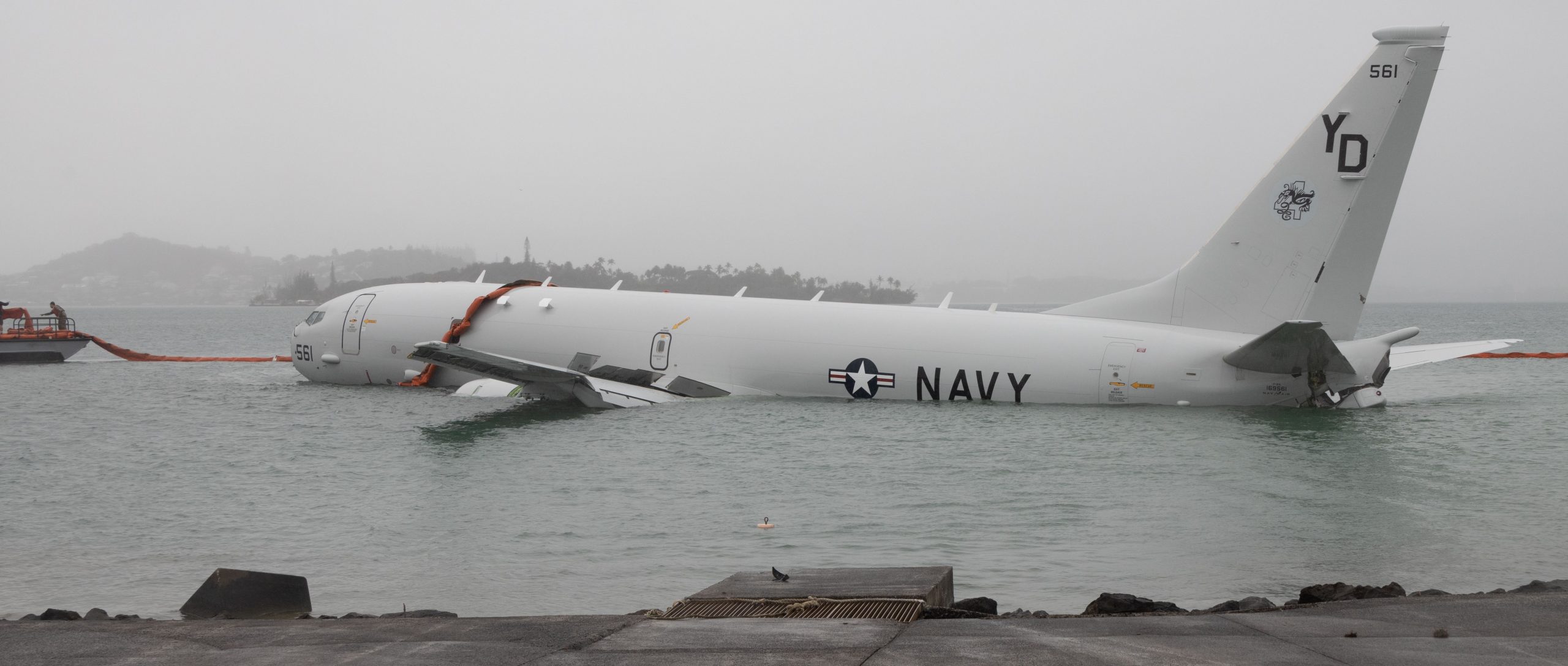
Containment boom being deployed around the P-8A, 20NOV2023. USMC photo by Lance Corporal Tania Guerrero.
On 20NOV2023, an expensive U.S. Navy (USN), Boeing built, P-8A Poseidon ran off the runway into Kāneʻohe Bay, Oʻahu, Hawai’i.
U.S. Disaster, 2023: 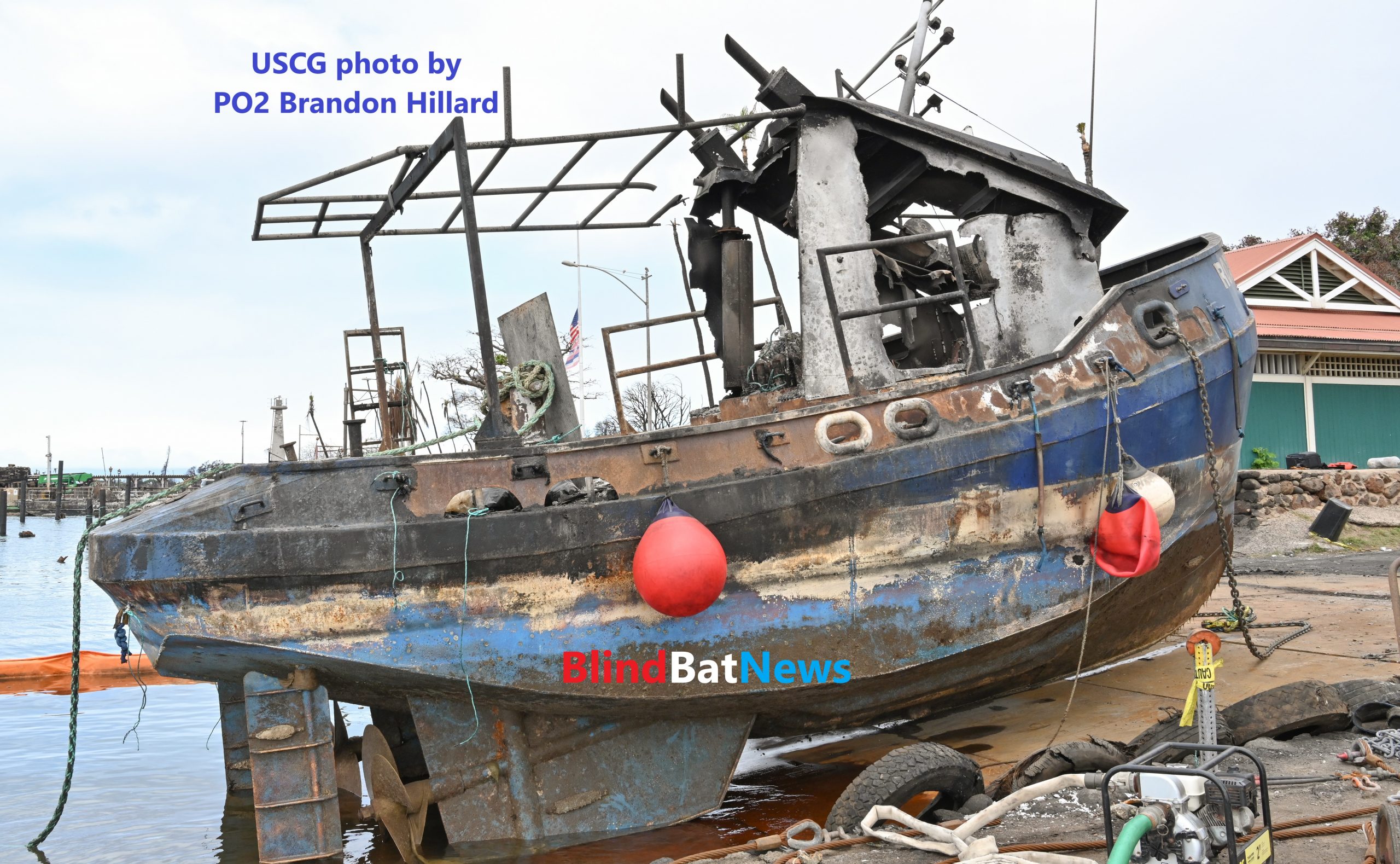 HAWAII FIRES, 4+ MONTHS ON, LITHIUM BATTERIES MADE THINGS WORSE?
HAWAII FIRES, 4+ MONTHS ON, LITHIUM BATTERIES MADE THINGS WORSE?
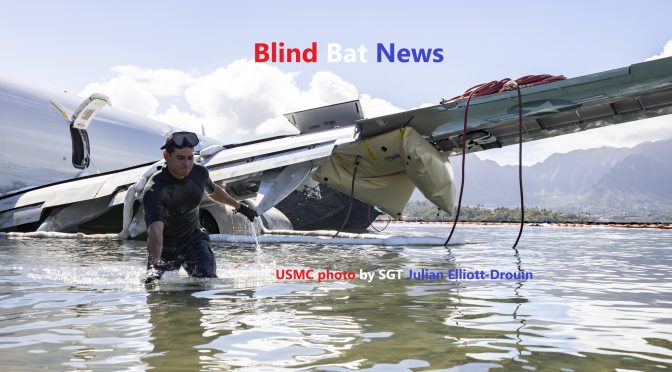
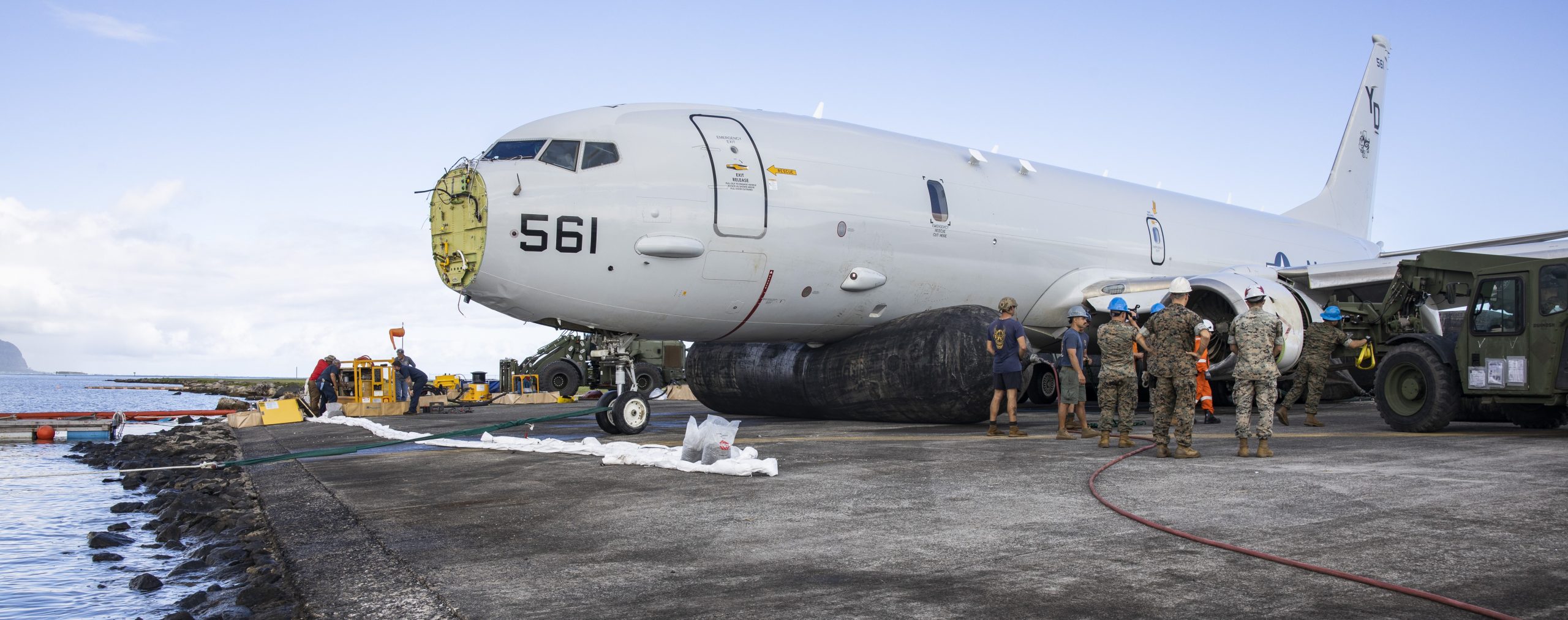
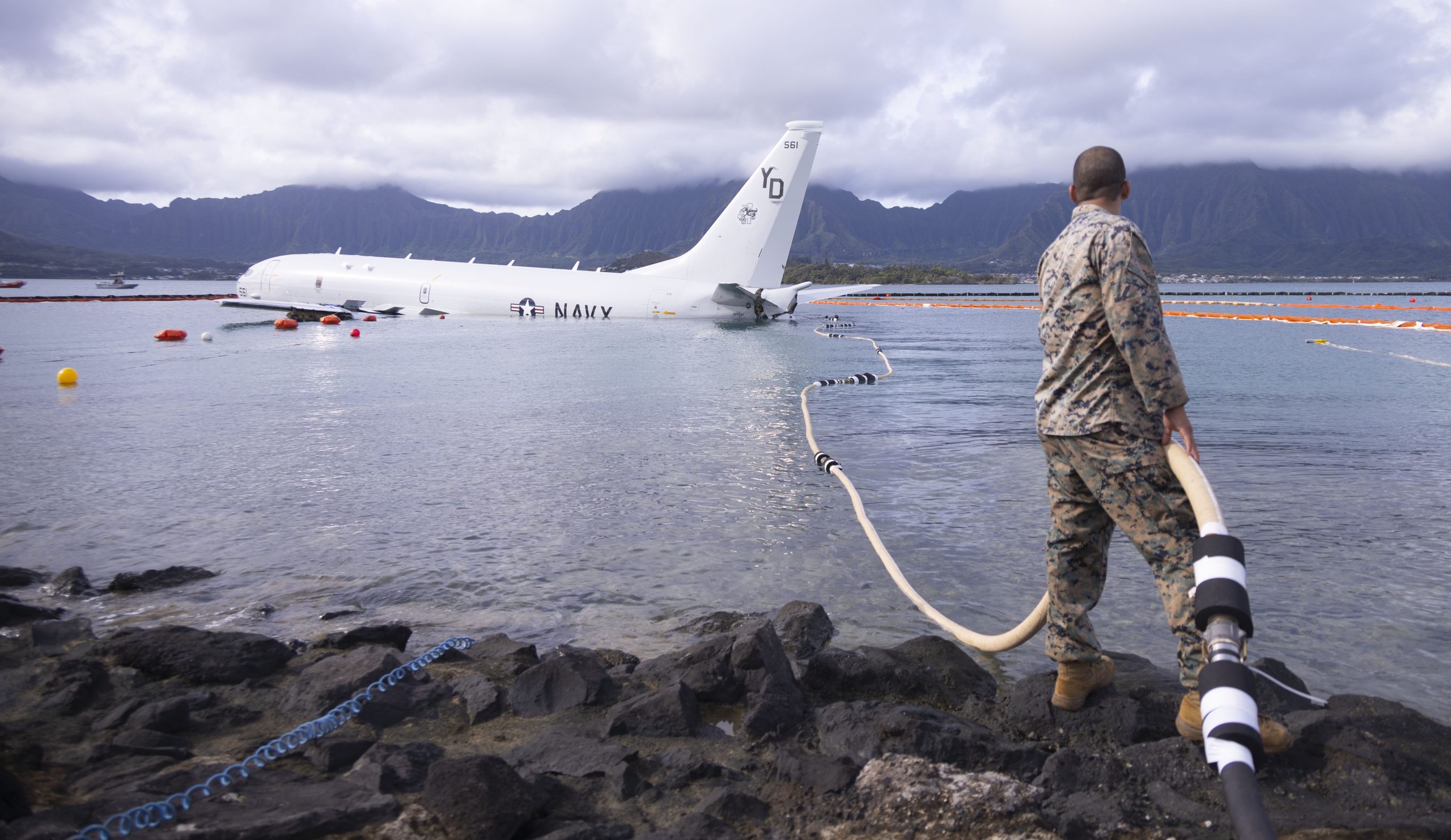
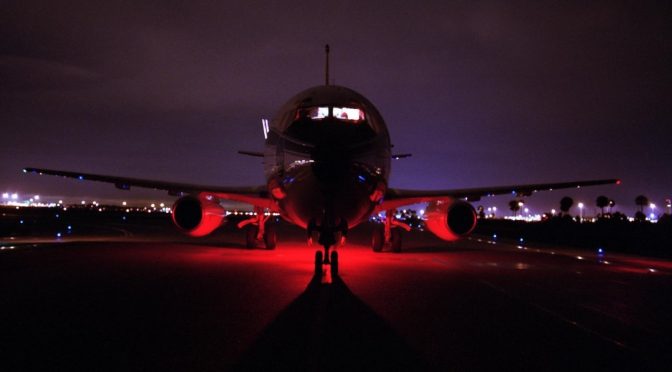
 NASA’s Boeing 737-130 was the workhorse of such taxpayer funded testing and developments. Serial Number SN-19437 (N515NA, tail #515) was born in 1968 (some sources say 1967), and reported for duty at NASA’s Langley Research Center in 1973. Apparently 515 was the first prototype Boeing 737 built.
NASA’s Boeing 737-130 was the workhorse of such taxpayer funded testing and developments. Serial Number SN-19437 (N515NA, tail #515) was born in 1968 (some sources say 1967), and reported for duty at NASA’s Langley Research Center in 1973. Apparently 515 was the first prototype Boeing 737 built.

 According to NASA, 515 was constantly modified, and even had two cockpits, the second cockpit being located where the airliner’s first class passengers would sit.
According to NASA, 515 was constantly modified, and even had two cockpits, the second cockpit being located where the airliner’s first class passengers would sit.
 High lift wing testing, 1990s.
High lift wing testing, 1990s.